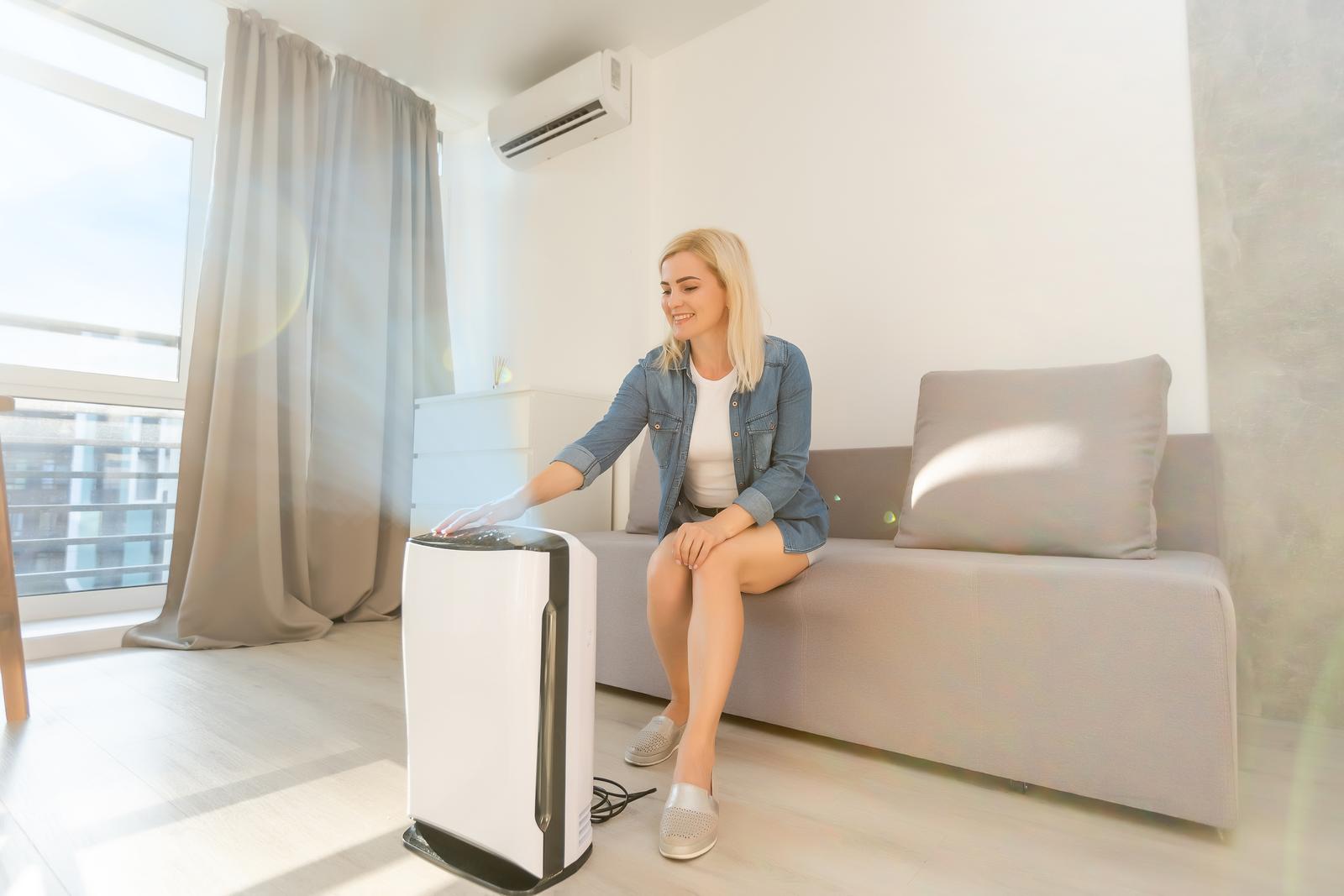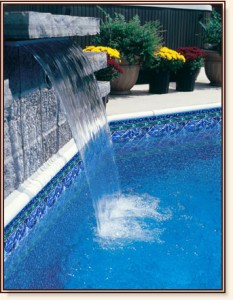According to the National Institute of Allergy and Infectious Diseases, one out of three people in the U.S. suffers from some form of allergy or asthma.
There are many ways that we can keep our homes allergy-proof. But here are six simple ways that you can start making your home allergy-proof right now.
You are probably familiar with the allergy-causing side effects of mold, pollen, and dust mites. So it is only fair that we present you with a guide to make your home allergy-proof.
What are allergies?
Allergies are one of the most common reasons people are unable to achieve or maintain peak performance. When your body reacts to something it perceives as a threat, it responds with inflammation and a variety of other reactions designed to eliminate the "invaders." Unfortunately, this response interferes with your ability to think clearly, concentrate and perform at your best.
Fortunately, there are many simple ways to sanitize your home to reduce the amount of allergens that are there.
One of the easiest is simply to remove carpeting. Carpeting contains about 70% air, which means it is a breeding ground for dust mites. Dust mites are one of the most common causes of indoor allergies. In fact, dust mites are found in nearly all homes with carpeting, because they are able to live and breed almost anywhere.
They like dark, moist places such as the padding under the carpets or the cushions of sofas and chairs. They also like to hide in the fibers of the carpet itself, making them extremely hard to get rid of. Because dust mites eat nothing but dead skin cells, they are very difficult to eliminate once they have taken hold in your home.
If you do decide to remove carpeting, you should know that this is not a job that can be accomplished by a weekend DIYer. It is a job that requires specialized equipment and training, and it is important that you hire a professional who has experience in cleaning carpets. If you decide to replace the carpeting, you will want to make sure that it is a high quality product and that it will prevent the dust mites from returning.
There are many other ways that you can reduce the amount of allergens in your home. Here are some of the most common:
1. Keep your home clean and clean it often to make your home Allergy-Proof
If you have kids or pets, chances are you already know how important it is to keep your home clean and free of germs and allergens. But, did you know there are certain things you can do to make sure your home is also allergy-proof? By keeping a close eye on the news, reading the latest research on the subject, and paying attention to what experts are recommending, you can take a number of simple steps to improve the quality of your life and the lives of those you love.
To help people who are allergic to dust and other common household allergens, you should keep your house clean. Sweep frequently and thoroughly. Vacuum often. Dust with a damp cloth. Use an air purifier or a HEPA filtration vacuum cleaner. Use an air filter on your furnace or air conditioning unit.
If you or someone in your family suffers from allergies or some other kind of sensitivity to dust, dirt, or other particles, keeping your house clean will make it more likely that you or they will be able to stay healthy and not develop any kind of health condition caused by dust or dirt particles.
Many people don't realize how important it is to keep their home free of dust and other allergens. When it comes to cleaning, some people think they can just do a quick "once a week" cleaning job. But, if you are trying to keep your house dust-free, you need to make sure you are doing a thorough job every single day. And, you should start as soon as you get home from work.
You should also be sure to make your house as allergy-proof as possible. This means keeping all windows and doors closed when you are inside. This is because dust and other allergens can easily enter your home through open windows or doorways.
If you have kids or pets, you should be sure to keep them away from the carpet and rugs in your home. You should vacuum at least once a week and use a wet mop to clean the carpets and rugs in your home. If you do this, it will help to keep the dust down. One of the most important things you can do to improve your health and the health of those you care about is to stay as clean as possible.
2. Taking care of air quality
You can use an air purifier in the rooms. Since an air purifier will remove many of the germs and other particles from the air you breathe. But not all air purifiers are the same. Some purifiers are much more effective at cleaning the air than others. If you have a particularly dusty or pollen-filled environment in your home, such as a garage or basement, you should put an air purifier in that room.
We recommend that you use HEPA filters on all air filters. One of the best ways to keep your home free of dust, dirt, pollen and other airborne particles is to use a high-efficiency particulate air (HEPA) filter in the air filters in all rooms of your home where people are likely to breathe in dust and other particles. An air filter with an efficiency rating of at least 90% is considered to be a HEPA filter.
The efficiency rating is usually printed on the paper bag or box the air filter comes in, or sometimes on a sticker on the filter box. If you have an older home, or if you're just not sure if your current filters are adequate, you should change all the air filters in your home every six months. If you have a newer home, or if you're just not sure when it's time to change your air filters, you should change them every year.
3. Get rid of the pet hair problem
Pet hair can be a problem when it accumulates. Whether your cat or dog sheds, you're going to want to get rid of the hair. The easiest way to do this? Use a vacuum cleaner.
The first step in making your home allergy-proof is to get rid of the problem. If you’ve got pet hair on the floor, vacuuming will probably be your only choice in the short term. But once the hair is gone, try to get rid of the cause of the problem. Remove carpets, throw away linens, change the washing machine’s cycle, and vacuum all carpeted areas more frequently.
The next time you vacuum the house, make sure to use a pet-hair vacuum. The reason? Pet hair, dust, and allergens can cause your allergies to worsen. There are several pet-hair vacuums that work great, but if you have a smaller home, you might want to consider using the same brush attachment you use for cleaning carpets.
4. Wash Clothes Frequently
Most people are surprised when they learn just how much dust and other particles get into their house via the air. By washing clothes frequently, you can help keep the levels down. If you have pets or children, this will be even more important to you.
The laundry detergent will leave residual suds on the clothes after one or two washes, it creates a barrier that prevents the allergen from coming into contact with the skin. This is especially helpful for people who are allergic to pollen, pet dander, dust mites, and other common allergens.
Also, if your home is prone to allergies, you should wash bedding and upholstery (including curtains and carpets) frequently. An easy way to do this is with a solution of one cup of soda and two cups of white vinegar. The high alkalinity of the soda kills most allergens. The acidity of the vinegar helps break down the rest.
Do you remember when you were a kid and your mother would tell you to wash your clothes frequently because it was “the right thing to do?” Well, in today’s world, frequent washing is even more important if you have children or other family members who are prone to allergies.
Washing clothes frequently removes some of the pet dander and other allergens that may have become embedded in the fibers. And, if you are someone who suffers from environmental allergies, there is a very good chance that the pollen and other pollens and molds and fungi in the air are going to end up on your clothing.
Conclusion
In conclusion, you don’t have to live with allergies. In fact, you don’t even have to suffer through them. You see, there are many simple ways you can make your home allergen-proof. And the good news is, once you learn these allergy-fighting tricks, you’ll never have to worry about being sneezed, sniffled, or wheezed on again!
You see, with just a little effort, you can make sure your home is as allergy-proof as possible. So, let’s get started…










 Besides this, you must
Besides this, you must  Assess first the general structure of your entire property. Is it spacious enough to accommodate a swimming pool of its own? It is important that you don’t squeeze in the space that it can take up. Having a large and spacious pool is important if you want to spend large barbeque parties, but you can also settle for a small, spa like pool if you just feel like taking a dip to relax after a busy long week from work.
Assess first the general structure of your entire property. Is it spacious enough to accommodate a swimming pool of its own? It is important that you don’t squeeze in the space that it can take up. Having a large and spacious pool is important if you want to spend large barbeque parties, but you can also settle for a small, spa like pool if you just feel like taking a dip to relax after a busy long week from work. Better yet, if you’re not that low on cash and would want to spend a few more bucks, try creating a custom swimming pool that is neither on any regular area where you place a swimming pool. Yes, you heard me correctly, that means you don’t place the swimming pool either your lawn or your backyard, but somewhere else. Depending on the structure of your house, you may place your swimming pool right inside your home! You can even place a swimming pool at the rooftop, if your house’s structure matches the requirements needed to hold that large mass of water above ground efficiently.
Better yet, if you’re not that low on cash and would want to spend a few more bucks, try creating a custom swimming pool that is neither on any regular area where you place a swimming pool. Yes, you heard me correctly, that means you don’t place the swimming pool either your lawn or your backyard, but somewhere else. Depending on the structure of your house, you may place your swimming pool right inside your home! You can even place a swimming pool at the rooftop, if your house’s structure matches the requirements needed to hold that large mass of water above ground efficiently.
